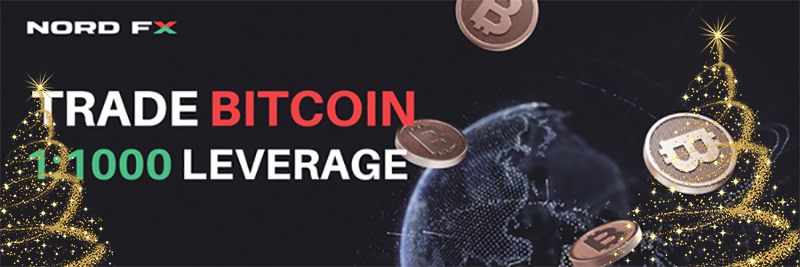This forecast has been written on Saturday, 30th December, right before the new year of 2018. As per tradition, before forecasting what will happen next year, we first draw conclusions about what has already happened this year:
If you recall, several months ago we discussed forecasts for EUR/USD given by strategists from some of the world’s leading banks.
Out of the 80 banks that published their forecasts in June, only 23 of them predicted growth to $1.15 by year-end. Even fewer thought the pair would reach $1.18.
Analysts from the Canadian Imperial Bank of Commerce were largely bullish, believing that by the end of December the pair would be trading near $1.14. The view at Bank of America Merill Lynch was the following: 1.15 at year-end 2017 and 1.19 at year-end 2018.
Rand Merchant Bank gave an even more conservative forecast this summer, expecting the pair to be at $1.12 halfway through next year. Bloomberg’s research yielded a similar result of $1.13. BNP Paribas analysts expected the pair to reach 1.15 in Q1 2018.
Strategists from Germany’s second largest bank, DZ Bank AG, proved more accurate, but even they did not expect EUR/USD to greet the New Year near 1.20. Societe Generale, however, hit the spot.
A common adage is that there are as many opinions as there are people. We therefore attempted to unite these opinions and drew out a channel within the boundaries of 1.15–1.21 for EUR/USD. This ended up being accurate, with the pair reaching the minimum of 1.1553 on 7 November and the peak of 1.2092 two months prior, on 8 September 2017.
When it comes to forecasting the future, gauging market sentiment during the first week of January is particularly challenging; a certain degree of clarity tends to come only when markets finally re-open in the New Year. Therefore, we offer our forecast for Q1 2018, rather than the first week of January. This encompasses the opinions of analysts from a whole roster of banks and brokerages, as well as the findings of a wide range of technical and graphical analysis methods.
- almost 100% of trend indicators and around 75% of oscillators on D1, W1 and MN are coloured green for EUR/USD. Despite this, only 20% of experts agree with this view: they suggest the 1.2200–1.2300 area as a target.
- The contrasting viewpoint is held by 80% of analysts and sees the pair descending to the Pivot Point of the medium-term channel at 1.1800. After this, the pair may descend even further to the channel’s lower boundary in the 1.1500–1.1550 area. A quarter of oscillators also expect a growth reversal and signal that the pair is overbought;
- GBP/USD is in a similar situation, with the difference being one of percentages. Thus, a mere 10% of analysts believe the pair will grow to the resistance at 1.4000, while 25% believe in a sideways movement along 1.3500. Most experts (65%), however, believe the pair will reverse downwards after reaching the August-September 2016 peaks. The first noteworthy support level is near 1.3000, with the next one being at 1.2800. Around 15% of oscillators signal the pair is overbought;
- USD/JPY. Analyst predictions and indicator signals on D1, W1 and MN all differ starkly. The overwhelming majority of experts (80%) think that the pair will experience a minor fall to 111.00–112.00 in the near future.
- The number of bears drastically decreases on the W1 and MN intervals, however. Now, 55% of analysts, corroborated by around 80% of trend indicators and oscillators, predict the pair’s growth to the upper bound of the medium-term channel in 114.50–115.00.
- Graphical analysis, meanwhile, suggests the pair will move in the narrow side-corridor of 112.00–113.75 throughout January;
- the last pair of our forecast is USD/CHF. Around 65% of experts believe the pair will be able to break through the support at 0.9730 and subsequently descend to 0.9600. After this, it should rebound upwards and return to parity at 1.0000.
- Even so, on D1 around a third of oscillators indicate the pair is oversold. When we look at W1 and MN, though, such signals are absent. Therefore, we cannot exclude that the next few days may see a very minor correction, right before the pair will end up moving southwards to the support at 0.9600.
Dear traders,
NordFX gives you the opportunity to trade cryptocurrencies (bitcoin, Litecoin and Ethereum) with unique leverage levels of 1:1000. Spreads are minimal, and it takes under 1 minute to open an account.

Roman Butko, NordFX
Voltar Voltar
